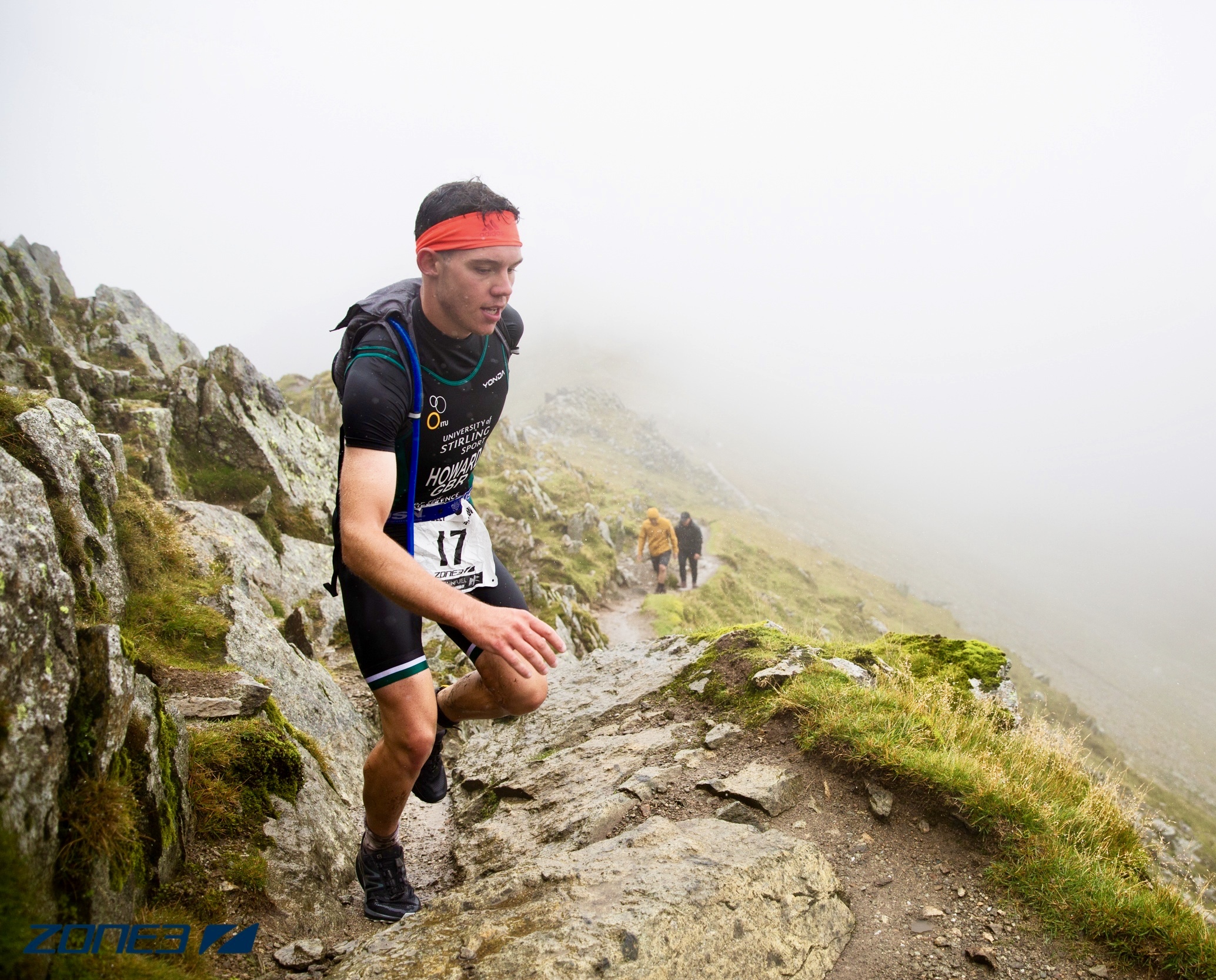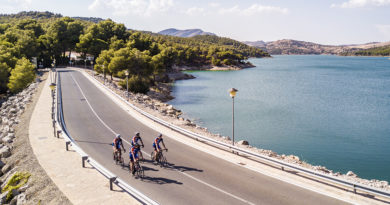Triathlon: The ‘Invisible Discipline’
The time has come to take on your first triathlon. You have trained all winter; you’ve even got the T-shirt and a bumper sticker to remind you: Swim, Bike, Run- the core disciplines of triathlon. What can go wrong?
Ask any seasoned triathlete and they will tell you of a race where they were the fastest swimmer, the fastest biker and the fastest runner, and yet still lost the race.
How?
The mantra of swim, bike, run is so ingrained into the training psyche that it is easy to forget that a triathlon is actually greater than the sum of its parts.
This ‘Invisible Discipline’ where a race can be won or lost is in the ‘Transition’ often termed the ‘fourth discipline of triathlon’.
Changing disciplines from one to the next is referred to as ‘Transition’. The transition area in a triathlon is the section of the course that is set out to hold your bikes and kit for the three stages (swimming, cycling, running) of the race. You will use this area twice; once to change from your swim to your bike, and the second time from your bike to your run. Switching from the swim to the cycle leg is referred to as T1 and switching from the bike to the run is referred to as T2.

The transition holds precious pocket of time where triathletes change clothing and equipment between swimming and biking, or biking and running. It might not be the most exciting part of a triathlon, but the clock is still running. An extra minute or two spent in transition ultimately impacts your time for the entire event.
While transitions comprise just a fraction of the overall finish time, they can also make and break a race. Even at elite level athletes make mistakes, with penalties handed out for strewn wetsuits and misjudged dismounts. When you turn to age-group racing and the inclusion of hundreds more bikes and swathes of extra kit, the potential for hiccups multiplies.
How to switch from one discipline to another in the shortest space of time requires preparation and the training and should start long before the race. Contrary to popular belief among novice triathletes the transition is not a rest area but a place to speed in and out of, in the fastest time, with the least energy.
BEFORE THE RACE : PRACTISE TRANSITIONS
The best way to reduce your anxiety about transitions on race day is a simple one – practice, practice, practice! Whether you’re a first timer or an elite practicing your triathlon transitions is just as essential in triathlon training as getting your swims, rides, and runs in. Practicing your triathlon transitions can be the difference between a great race day and time lost on the clock. So, let’s take a closer look at how you can practice triathlon transitions.
Triathlon Transition Tips – Video
Plan to be efficient
Transitions need to be thought of as a quick in and out, not a place to rest and refuel. In order to get in and out faster you need to have everything ready to go and in place to help you transition from swim to bike and bike to run.
Practice on Brick Workouts
A brick workout is where you do a training swim and then immediately get on the bike for a training ride. Or go on a training run immediately after finishing a training ride. These help to simulate what it will feel like on race day going immediately from one event to the next.
Practice taking your Wetsuit Off (Moving and Standing)
To many novice triathletes never practice putting on and taking off their triathlon wetsuits. Practice putting and taking off your wetsuit without all the drama of race day first.
Practice Clipping your Bike Shoes on your Pedals (or put them on in the transition area)
You can put your bike shoes on in transition. BUT, mounting your bike and then pedalling out while you slide your feet in already clipped in bike shoes is something you want to practice before race day – a lot!
Simulate T1 And T2 Race Day Transitions
Simulate your changes in T1 and T2. Practice jumping in a pool/lake with your wetsuit, hop out run 100m and then take your wetsuit off and put on your helmet and bike shoes.
Walk Each Transition Before the Race’
Ensure you know exactly where the entry and exit in the transition area is. It can be chaos in there with so many bikes and triathletes. Ensure you count the bike rows or identify a landmark in order to easily find your bike after the swim – you will be light-headed after the swim and full of adrenaline, so you will lose some coordination.
Have a Plan B
There is no Plan B – you have prepared everything according to Plan A and you are ready to race.
T1 : FROM THE SWIM TO THE BIKE LEG:

1) Exit the swim (pool, lake, or sea)
2) Remove cap and goggles
3) Run to the transition area. Terrain can be sand, grass, road, hills, or a mix of all these!
4) Pull down your wetsuit to the waist as you run ( this allows you to breathe better when your heart rate is at its highest)
5) Find transition spot and place cap and goggles near bike
6) Pull the rest of the wetsuit off and pull your number belt to the back of your Tri-suit
7) Put on helmet (must be fastened BEFORE touching the bike)
8) Put on shoes. (if you have not clipped them to your bike)
9) Un-rack bike (unhook it from the bike racks)
10) Run or walk bike to the exit of transition (NO riding in transition)
T2 : FROM THE BIKE LEG TO THE RUN LEG:

1) Dismount bike at dismount line (slow down before dismount!)
2) Run or walk bike through transition to your transition spot
3) Rack bike (BEFORE removing helmet)
4) Take off helmet
5) Put on Bike shoes.(Unless clipped to your bike, if you have practiced that transition)
6) Put on hat if necessary (e.g. in hot sun)
7) Run out of transition to begin the last leg of the triathlon (run)
TOP TIPS FOR GETTING THROUGH TRANSITIONS FASTER!

1) Practice the T1 and T2 transitions in training, and time yourself.
2) Work out a fixed order for getting through T1 and T2, and stick to it during training and in every race.
3) Practice taking off your wetsuit, if the legs of your suit don’t come off easily, try lubrication on your ankles.
4) Practice changing from bike shoes to running shoes; elastic/lock laces make this process faster.
5) Put your gear and bike in a position that is less likely to be jostled by other athletes.
6) Observe how experience triathletes are preparing – if in any doubt ask one of the events technical marshals.
7) Memorise the location of your gear; you can count racks or look for memorable features nearby
8) Keep it simple, the less clutter gear you have the better.
Once you master all the above you will be in and out of transition like the Pro’s. One Golden Tip when setting up your transition ‘Get In – Get Out‘ fast. There is a lot of nervous energy within the transition area and it can be exhausting checking and rechecking and worrying if you have set up your gear right.





